Many of us relate to a commercial which might have aired years ago because it was a story that we felt we were a part of. It is a fact that when a person listens or reads a story, it stays with them. A story remains with us for a much longer time than facts and figures ever will.
Neuroscientific research states that when a person listens to a story, Dopamine, a neurotransmitter hormone is released which is responsible for memory retention. The part of our brain, the cortex becomes active and pictures the tale and conceives the story for a lifetime.
[bctt tweet="Thus using stories is better than stating facts and figures in your marketing pitch. " username="relevance"]
Using the art of storytelling is of great benefit to email marketing in particular because an email lands in the inbox which is a very personal space of any individual.
Here is how you can leverage the art of story-telling in email marketing:
Relatable characters are the essence of every story. A relatable name with which a story begins instantly creates a connection between the reader and the story. A name in the subject line also creates instant engagement.
Just like having names in a story helps the listener or the reader to start picturizing everything that is being said and conceive the plot better and make it more believable.
In Email marketing, the foremost challenge is that the subject line is catchy enough that the user opens the email and reads through. This barrier can be easily crossed if your subject line includes the name of a character.
For example, if your subject line includes "Find out how Drake saved more than 500 USD annually by shopping with us" ought to appeal more than just stating "People have saved 500 USD on shopping". When you use names, it makes the story more believable.
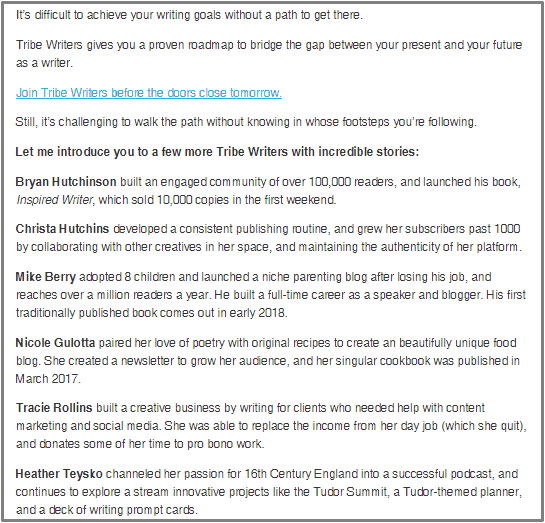
Right from the beginning of the day, one sees advertisements every hour of the day. There are advertisements all over the internet, the newspapers, hoardings around us, everyone is trying to sell us something or the other.
If your email is also a sales pitch which talks about the USP of the products and your offerings, there is a very high probability that the user will never read your email till the end.
Email marketing aims to register your brand in the reader's mind and establish a connection with the user and not be a sales pitch of your product. For users to be intrigued by your email, it’s important that you weave a story around your product.
As I mentioned in my book here:
“It’s your job to give your readers something relevant and valuable. The sole purpose of your every email is to encourage readers to read your next email.”
Storytelling in the email results in featuring all the USPs of a product in an indirect way. It establishes a connection with the user and creates a lasting impact on the user and registers your brand in their memory.
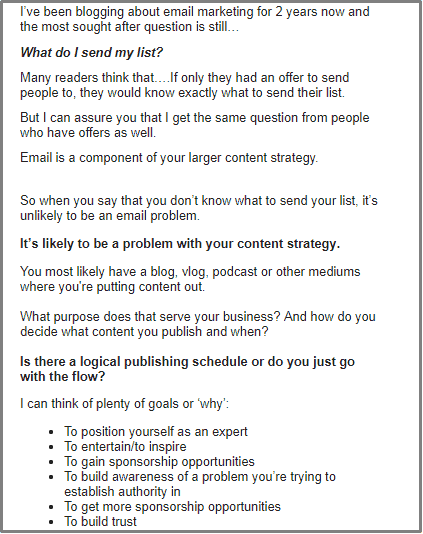
A story showing a personal experience has a tremendous impact on the user. It involves the reader completely. Photographs and videos embedded in the email where the user can actually see the user has a more significant impact on the user.
A personalized story has an impact on the reader and effortlessly compels the user to click on the call to action achieving your purpose of an email marketing. Sharing a personal story also plays a vital role in retaining the customers as they get to understand that they have something more than you are offering and like to stick to you.
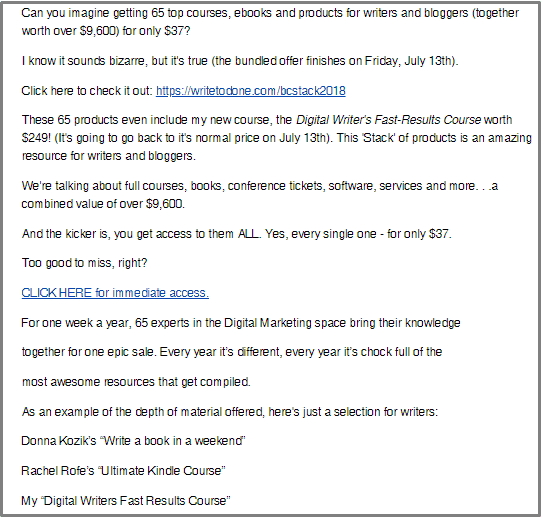
When you decide to create a story, it should be very real. Right from the images, the theme of the story, the videos and everything that you mention in the story should be real.
This is the right time to tell about your story or a story of someone else who has used your products or services and you ought to keep it real. True stories, when written from the heart and establish a deep connection with the reader.
A tale of a satisfied customer or a tale about how you craft your products or the processes you follow in rendering your services entices the reader.
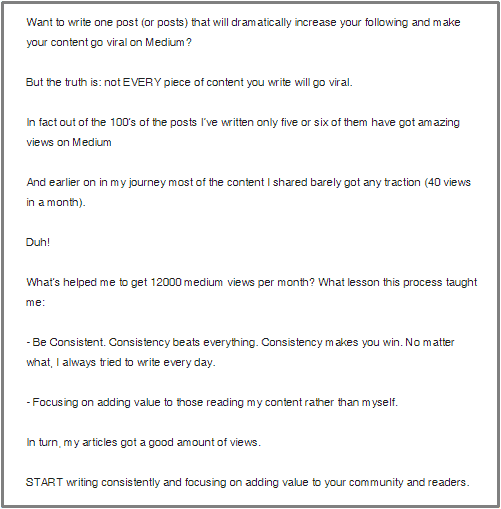
Humans are born curious when they unfold your journey as a brand and realize your story, the engagement with the brand is amazing. Putting forward your story will resonate with the customer's thoughts whenever they come across your brand and influence their decisions every time they have to choose between your brand and your competitor.
Speaking about you, how it came into existence and what motivates them. You can tell interesting facts about your company it can be about the logo, you can tell how your mascot got designed or anything that is personal. You can also share a case-study that lead to new product innovation in your company.
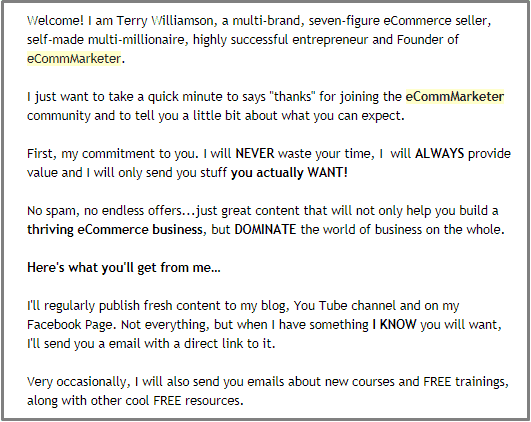
Email marketing is a great tool to connect with your readers, market your products, appeal to new customers and retarget the customers who you have lost touch with. An on-point email campaign will help you increase your brand value and interact with customers one on one.
Inbox is a very personal space and landing in that person could ripe highest benefits when you weave a story that engages the reader to read till the last word and complete the call to action.